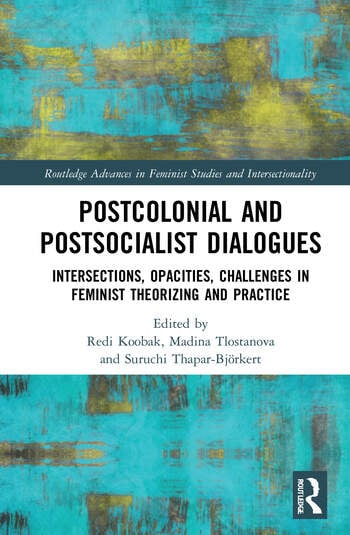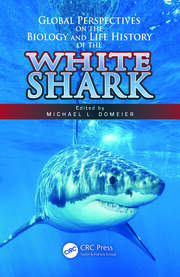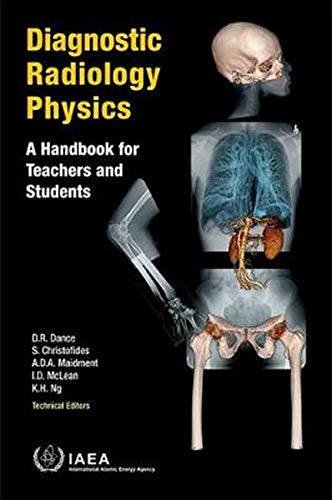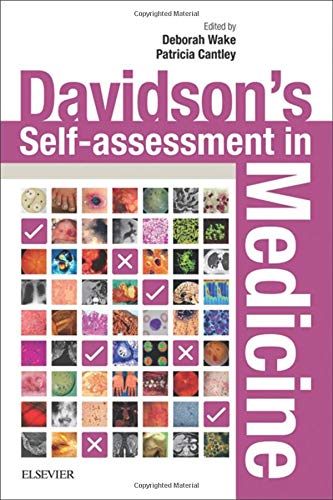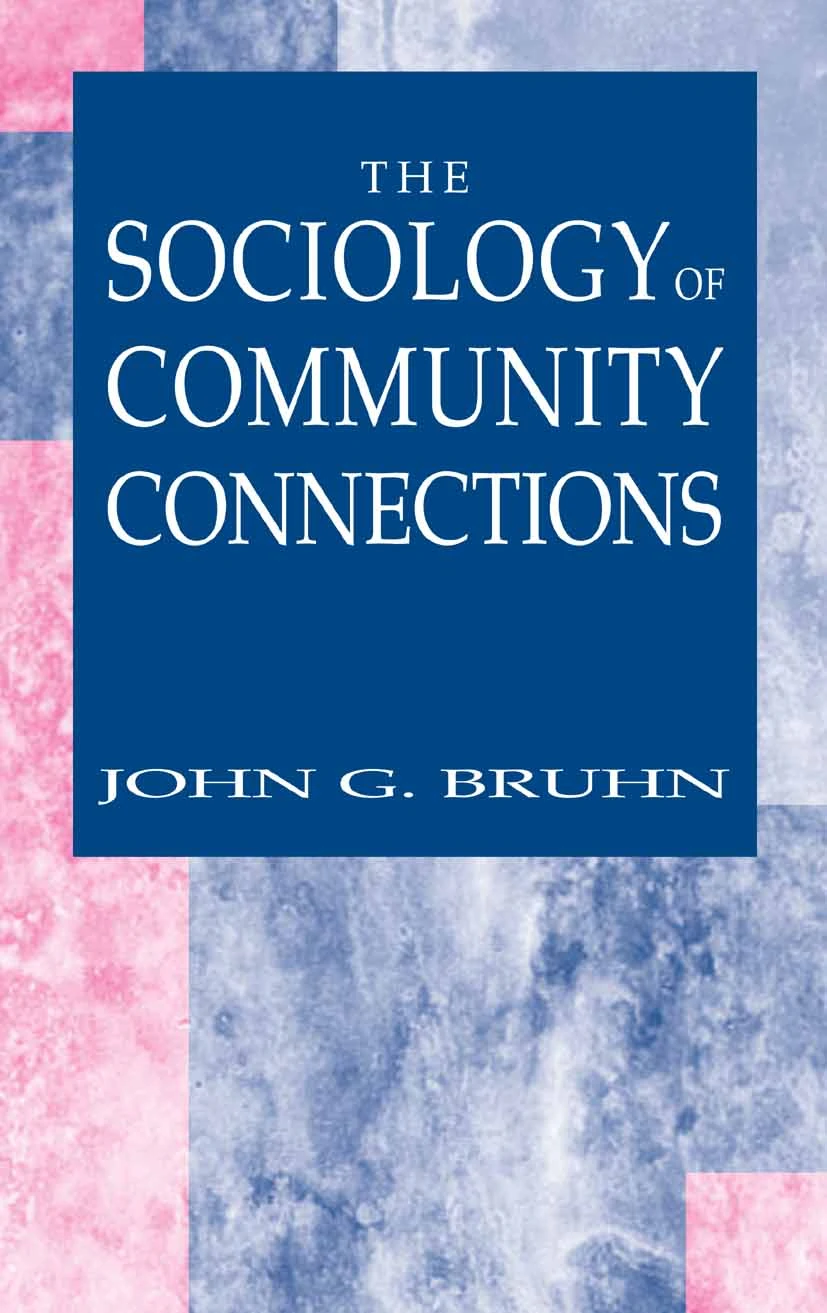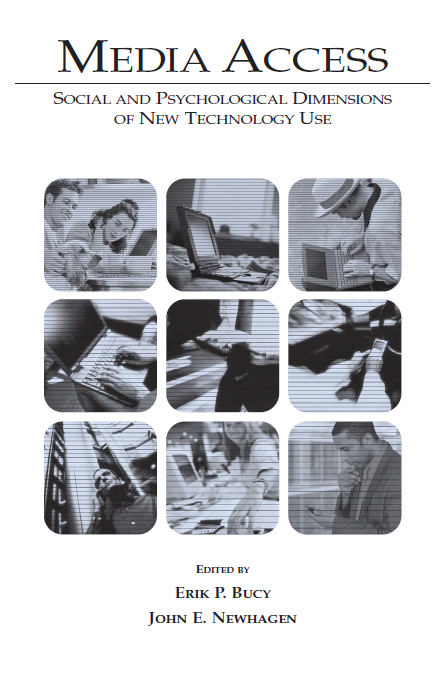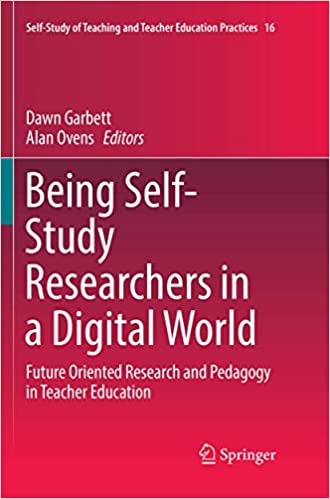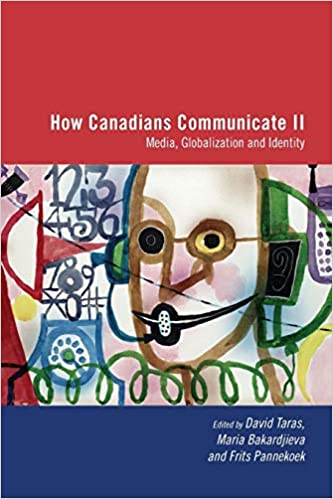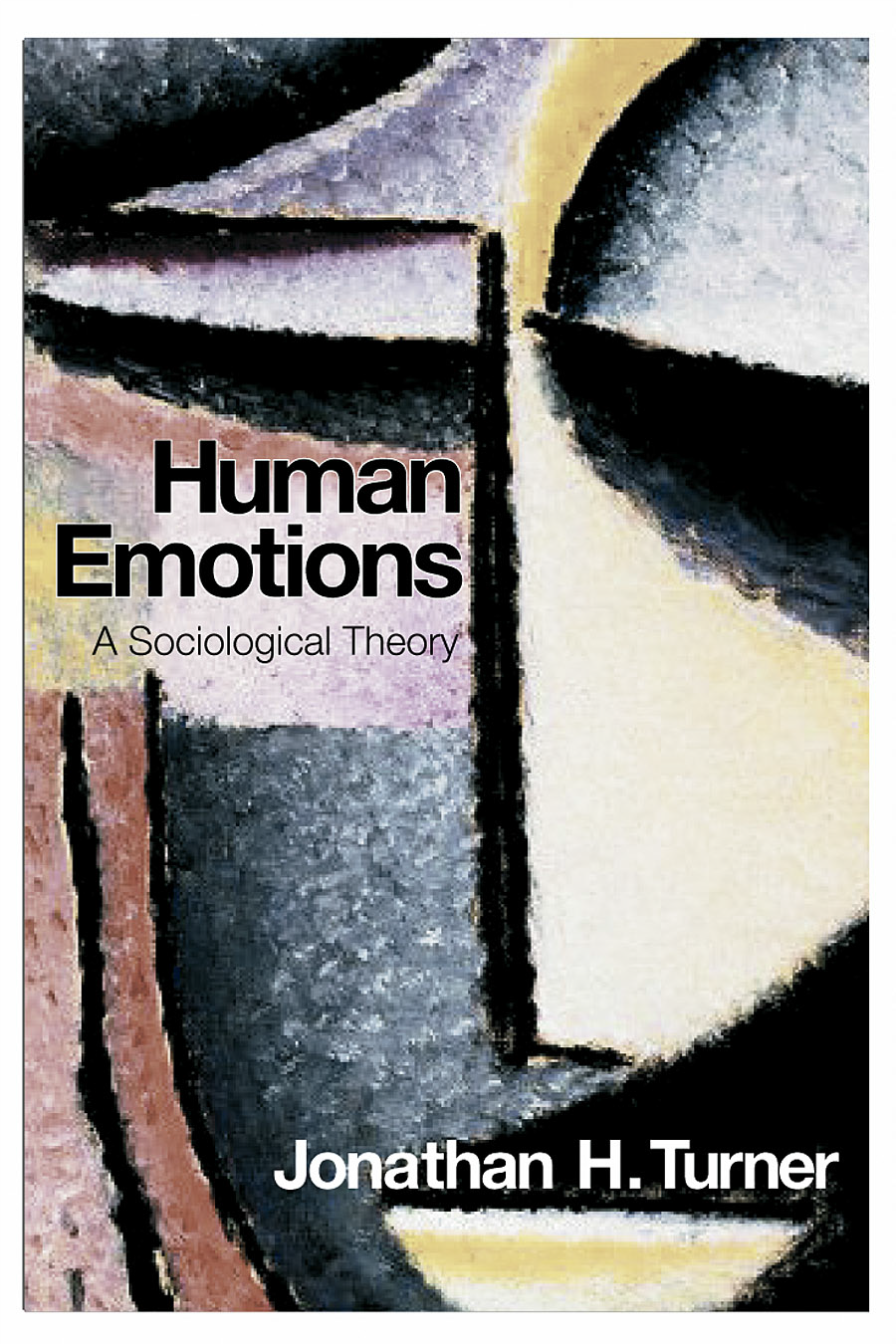موضوعات
آموزش و پرورش
ادبیات و زبان
پزشکی، دندانپزشکی و داروسازی
تاریخ و جغرافیا
داستان و رمان
دیگر
دین و فلسفه
روانشناسی
ریاضیات و آمار
سلامتی، تناسب اندام و رژیم غذایی
شیمی و پلیمر
علوم اجتماعی و حقوق
علوم زیستی و بیوتکنولوژی
فیزیک و نجوم
کامپیوتر و اینترنت
کتابهای کودکان و داستان
کسب و کار و اقتصاد
کشاورزی و دامپزشکی و غذا
معماری
مهندسی و فناوری
هنر و تئاتر
محصولات
Postcolonial and Postsocialist Dialogues - Original PDF
نویسندگان: خلاصه: Through staging dialogues between scholars, activists, and artists from a variety of disciplinary, geographical, and historical specializations, Postcolonial and Postsocialist Dialogues explores the possible resonances and dissonances between the postcolonial and the postsocialist in feminist theorizing and practice. While postcolonial and postsocialist perspectives have been explored in feminist studies, the two analytics tend to be viewed separately. This volume brings together attempts to understand if and how postcolonial and postsocialist dimensions of the human condition - historical, existential, political, and ideological - intersect and correlate in feminist experiences, identities, and struggles. In the three sections that probe the intersections, opacities, and challenges between the two discourses, the authors put under pressure what postcolonialism and postsocialism mean for feminist scholarship and activism. The contributions address the emergence of new political and cultural formations as well as circuits of bodies and capital in a post-Cold War and postcolonial era in currently re-emerging neo-colonial and imperial conflicts. They engage with issues of gender, sexuality, race, migration, diasporas, indigeneity, and disability, while also developing new analytical tools such as postsocialist precarity, queer postsocialist coloniality, uneventful feminism, feminist opacity, feminist queer crip epistemologies. The collection will be of interest for postcolonial and postsocialist researchers, students of gender studies, feminist activists and scholars.Global perspectives on the biology and life history of the white shark - Original PDF
نویسندگان: خلاصه: With this book comes a historic change in the context of White Shark research. The relatively low abundance of this species, combined with its exceptional size and predatory nature, equated to a fish that was very hard to study. The introduction of White Shark research papers always included an obligatory statement that this species is rarely the focus of comprehensive studies and little is known of its basic biology and life historyDiagnostic Radiology Physics: A Handbook For Teachers And Students - Original PDF
نویسندگان: خلاصه: This book is dedicated to students and teachers involved in programmes that train professionals for work in diagnostic radiology. It teaches the essential physics of diagnostic radiology and its application in modern medicine. As such, it is useful to graduate students in medical physics programmes, residents in diagnostic radiology and advanced students in radiographic technology programmes.Davidson’s Self-assessment in Medicine - Original PDF
نویسندگان: خلاصه: This book has been built around modern educational principles and utilises a contemporary assessment style, in line with current undergraduate and postgraduate teaching. It is designed to help and support students in their final undergraduate years and in the early years after qualification. The style is compatible with that used in modern postgraduate examinations across the world.The sociology of community connections - Original PDF
نویسندگان: خلاصه: The Sociology of Community Connections is about how we interact and connect with one another as individuals and groups in a variety of social situations. We interact out of necessity and connect as a consequence of choice, and it is our connections that create community. Networks of communities that are interdependent, diverse, and responsive to change, yet cohesive, provide the infrastructure for a healthy society. In today's world, our societal infrastructure is continuously being tested by forces and demands that attempt to alter it, and thereby change the nature of how we connect within our various communities. We need to analyze these forces and demands and understand the impact they have on our connections so that, individually and collectively, we can create more social capital than we use. In the last decade, as the world has become smaller and more interdependent, the definition of community has changed. In our society--indeed, in the world--there seem to be more broken and fragmented relationships than in the past, an absence of connections where they appear to be needed, an uncertainty and lack of trust in relationships we have sustained, and a tendency to select, restrict, and even plan those connections that promote self-interest. This graduate-level text explains how our early connections and attachments are formed and discusses past and present conceptions of community. A major portion of the book describes how the sociology of connections takes place in a variety of communities such as: immigrant and ethnic communities, the fragmented communities of the poor and homeless, communities experiencing crises, communities of exclusion and excluded communities, religious communities, cyber communities and solitary communities. The Sociology of Community Connections is highly recommended for classes in sociology, social work, social and cultural anthropology, community psychology, communications, criminal justice, and urban planning.Media Access; Social And Psychological Dimensions Of New Technology - Original PDF
نویسندگان: خلاصه: In Media Access: Social and Psychological Dimensions of New Technology Use, editors Erik P. Bucy and John E. Newhagen present the latest work, theoretical explorations, and original research findings on media access from a team of internationally renowned media and technology researchers. Chapters develop expanded definitions and conceptual understandings of access to stimulate further research, offer new perspectives on policy discussions, and facilitate media participation among those at risk of being left behind. Broadening our understanding of information technology use, this collection offers: *Novel perspectives--chapters demonstrate new methods of addressing persistent questions regarding motivation, cultural context, socioeconomic resources, technical knowledge, and psychological skills required for effectual use of information and communication technologies. *Conceptual integration--each chapter addresses a vital aspect of media access and summarizes pertinent findings, weaving together results to provide much-needed integration across communication and technology studies. *Multidisciplinary approaches--chapters represent a variety of conceptual and methodological approaches, deriving social explanations from large-scale survey data, psychological explanations from experimental data, and cultural explanations from depth interviews and ethnographic methods. *Shifting the policy and research agenda--this volume extends and redirects aspects of the digital divide debate while elaborating the "media access" approach to studying new technology use. Taken as a whole, Media Access reveals complications associated with full access to new communication technologies and proposes analytical frameworks that open new avenues of scholarly investigation and policy consideration. It is intended for scholars and graduate students in journalism, mass communication, telecommunications, media studies, information science, public policy, psychology, sociology, informatics, human-computer interaction, and other disciplines concerned with the issue of media access.Being Self-Study Researchers in a Digital World - Original PDF
نویسندگان: خلاصه: Being self-study researchers in a digital world has reinvigorated our collective desire to understand what it is to teach about teaching in changing times. This introductory chapter sets the scene for exploring the possibilities for the self-study of teacher education practices contiguous with the advent of new and emerging digital technologies. As teacher education transforms and is transformed by such development, there is a corresponding transformation and expansion of research possibilities associated with immersion in an increasingly digital world. We consider how being ‘digital’ augments, enhances and problematizes our conventional methods of generating, collecting and making sense of data related to learning about how and why we teach about teaching.How Canadians Communicate II - Original PDF
نویسندگان: خلاصه: Building on How Canadians Communicate this second volume embarks upon a new examination of Canada’s current media health and turns its attention to the impact of globalization on Canadian communication, culture, and identity. This new collection of essays includes contributions from experts from a wide range of specialties in the areas of communication and technology. Some, as the editors point out, are optimistic about the future of Canadian media, while others are pessimistic. All, however, recognize the profound impact of rapidly changing technologies and the new globalized world on Canadian culture. The contributors highlight the new tools such as blogs, Blackberries, and peer-to-peer networks that are continuously changing how Canadians communicate. And, they explore the various ways in which Canada is adapting to the new climate of globalization, suggesting new and innovative paths to further define and strengthen our uniquely Canadian cultural identity.Human emotions; a sociological theory - Original PDF
نویسندگان: خلاصه: This major theoretical work takes existing work on the emotions in significantly new directions. It gives a comprehensive account of emotions, beginning with general sociological principles, moving over important theory construction of social formation and applying this to a detailed and unified 'grand' theory of human emotions. Presenting a unified view of the emotions in the social universe, the book explores the relationships between emotions, social structure, and culture. Turner hypotheses how social structure and culture affect emotional arousal in humans, and vice versa. This book is essential reading for undergraduate and postgraduate students researching sociology of emotions, social psychology, and contemporary social theory, and is also relevant for students and researchers working in the fields of psychology and cultural studies.آیا کتاب مورد نظر هنوز بر روی سایت قرار نگرفته است؟ جای نگرانی نیست! کافی است بر روی گزینه سفارش کتاب کلیک کرده و درخواست خود را ثبت کنید. در کمتر از چند ساعت کتاب شما را آماده خواهیم کرد.
